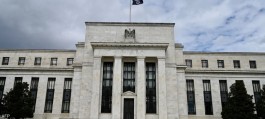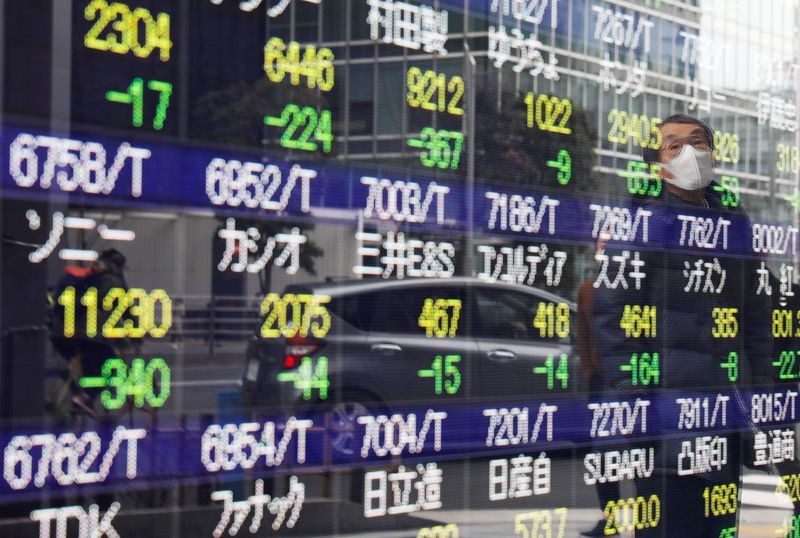Asian stocks erased early gains on Monday, with Japan's main index falling ahead of the Bank of Japan's much-anticipated interest rate decision on Friday. The dollar rose against most major currencies.
Japan’s Topix index fell for a third day on concerns that the Bank of Japan may scale back its bond purchases at a two-day policy meeting. Shares in Australia, Hong Kong and South Korea rose, following gains in their U.S. counterparts on Wednesday, which came as slowing inflation offset the impact of a somewhat hawkish interest rate decision by the Federal Reserve.
Early gains in US stocks
U.S. stocks and bonds posted early gains on Tuesday after a report showed core consumer price inflation fell to its lowest level in more than three years. The Federal Reserve later forecast only a quarter-point rate cut this year, down from three cuts in March, and raised its 2025 forecast to four.
“Given the clear signs of softening inflation data, markets will continue to price in a near-term Fed rate cut, which could support Asian markets,” said Charu Chanana, a strategist at Saxo Capital Markets. “The market is somewhat ignoring yesterday’s hawkish Fed policy decision, which comes as the central bank moves away from its previously easing path, but the economy has proven unprepared for it.”
Stocks rise in Korea, China
South Korea's stock index rose as much as 1.8%, on track for its highest close since February 2022. The government said it will consider changes to short-selling rules on Thursday, as part of ongoing talks on when to lift a current ban on the trading strategy.
Most Chinese electric car makers also rose, as analysts said markets were already anticipating the European Union would raise tariffs on Chinese cars.
The Bank of Japan is expected to keep interest rates unchanged on Friday, but may consider scaling back bond purchases, as widely expected. Japanese investors sold their largest amount of foreign debt in nine years last week amid the central bank’s global policy shift.
US Interest Rate Forecast
Fed officials have differing views on the best path forward on borrowing costs. The Fed’s dot plot showed that four policymakers expected no cuts this year, while seven expected just one and eight expected two.
“The dot plot projections likely did not take into account the latest May inflation data, which was weaker than expected and reversed some of the uptick we saw in the first quarter,” said Sonu Varghese of Carson Group. “We still think the odds are high for two rate cuts in 2024 if the inflation slowdown continues, as we expect.”
For his part, Federal Reserve Chairman Jerome Powell noted that officials welcomed the recent inflation numbers, adding that he hopes to see more such reports. He said yesterday’s numbers helped build the Fed’s confidence in the path of inflation, but they are not enough to justify a rate cut at this time.
Finally, in the commodities market, oil prices tended to decline after a three-day advance, as investors assessed an unexpected increase in US crude inventories and expectations of continued high US interest rates in the long term, while gold prices fell.



































